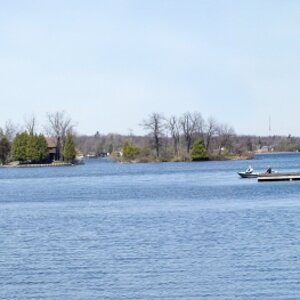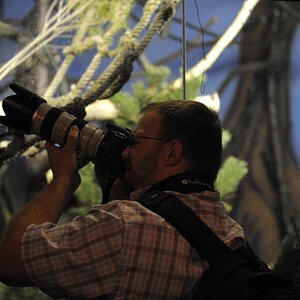Ido
No longer a newbie, moving up!
- Joined
- Jun 30, 2014
- Messages
- 449
- Reaction score
- 67
- Location
- Israel
- Can others edit my Photos
- Photos NOT OK to edit
All mirrorless systems, except Canon, Nikon and probably Pentax, have a high-end 70-200mm equivalent now, though none offers exactly a 70-200mm f/2.8 or something truly equivalent in depth of field, such as a 50-135mm f/2 for APS-C or 35-100mm f/1.4 for Micro Four Thirds—they're all at f/2.8 or f/4.Show me a 70-200 with IS that competes with the Canon/Nikon/Tamron versions and I'll change my tune.
I haven't really dug through test results for these lenses, or for the DSLRs' 70-200mm for that matter, so I don't really know how well they perform—I'm going by hearsay.
Olympus has the 40-150mm f/2.8 and Panasonic has the venerable 35-100mm f/2.8, which has been out on the market for a few years now. The Olympus doesn't have optical image stabilization, because it isn't needed on Olympus bodies, as they have sensor-shift IS instead. Most Panasonic camera bodies won't have image stabilization with the Olympus lens, but the Panasonic lens does have OIS.
Fujifilm has recently released its own, a 50-140mm f/2.8 lens for their APS-C system.
Sony has the 70-200mm f/4 for the FE-mount, so it's compatible with the full-frame cameras.
There is a 70-200mm f/2.8 for the A-mount, though, which can be used with Sony's adapter and act just like a native lens, basically. If it's used with the adapter that has the SLT technology, it should even work just like it would on an α99. The new α7R II should have a good-enough autofocus system for A-mount lenses to work great even with the simpler adapter. There is one drawback: the A-mount lenses don't have OIS because the A-mount bodies have sensor-based IS, so one only has IS when used with the newer α7 II and α7R II.
Too bad they skimped on the E-mount 24-70mm's quality … that could have made the FE system truly excellent, apart from the odd raw-file compression.
Samsung released a 50-150mm f/2.8 lens when they released the NX1. Should be a great combo.
If we broaden beyond just the mirrorless world, Pentax has a couple of options. There is the new 70-200mm f/2.8, which they released in anticipation of a full-frame DSLR that should come at some point, and also the older 50-135mm f/2.8 for APS-C cameras.
I'm pretty sure the Olympus, Fuji and Sony telephoto zooms are top-notch lenses in today's standards, and the new Pentax is probably along those lines as well. The Panasonic is a bit of an older lens and it seems like they focused a lot on its size, so I don't know how good it is in comparison, but I hear it's pretty darn good.






![[No title]](/data/xfmg/thumbnail/37/37605-90c8efaef5b7d1f52d4bf8e7dfd33673.jpg?1619738148)

